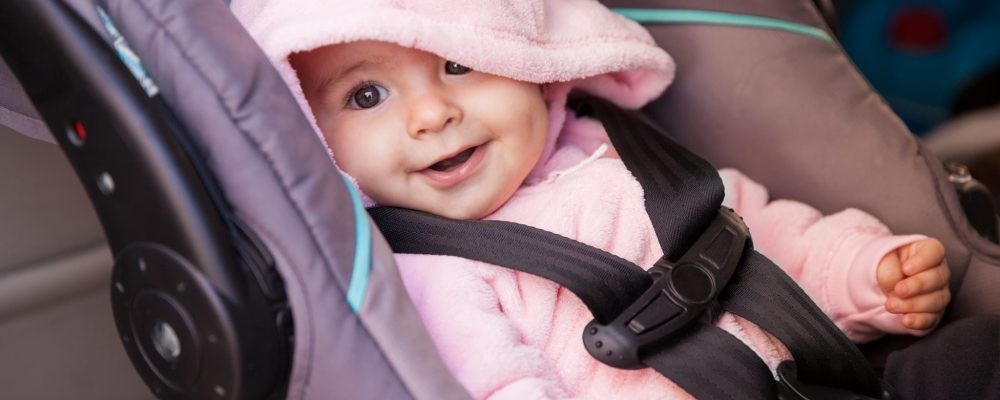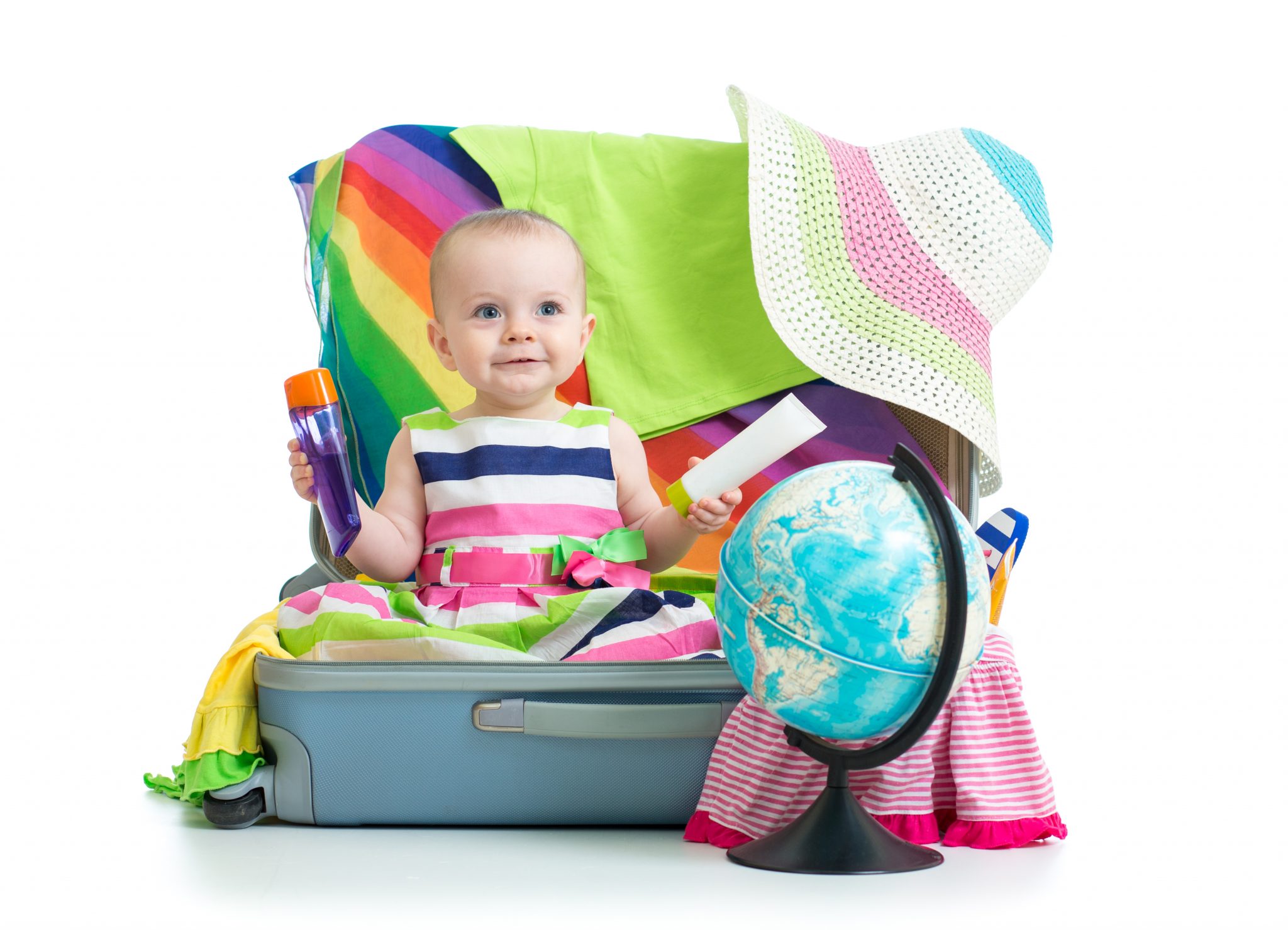Picking the right car seat for your child can be a rocket science. There’s so many to choose from, some are too expensive and some are too cheap to believe that they’re good & safe. If you’re new to it and you’re just starting googling, here is an initial walk through or better to say – an easy car seat guide – to get you started.
Please remember that regulations in different countries are not the same therefore always check legislation in your country or the country you’re traveling to, to make sure you’re in line with all the requirements. You can find here the link to UK official car seat regulation.
Car Seat Guide Intro
Your child, when in the car, needs a car seat. It is not safe for them to travel without any and carrying baby or child on your lap with seat belt fastened over you AND the child together is the worst thing you can do. Children need different car seats at different age, height and weight. There are different models available too.
Car seat categories
Category 0
Car seat for newborn, usually suitable up to 13kg of weight or 13 months. It is installed against the direction of travel (baby is facing backwards) as it is the safest way to travel. You need to upgrade to higher category when your baby is over car seat’s weight limit or if the top of baby’s head is higher than the car seat’s top edge of headrest. Whichever comes first.
Category 1
Car seat for children from 9kg (or 9 months) up to 18kg. Please move your toddler to bigger car seat if they outgrow it – the same rules apply then for category 0. Your toddler’s head is too high or they’re too heavy to be safe in it.
Category 2
Car seat for children from 15kg to 25kg (from 4 years approx). Some of them are fitted with 5 point harness, some are not as in general, your child does not need 5 point harness once she’s 15kg or more.
Category 3
Car seat for children from 18kg to 32kg (from 6 years). They usually do not have any harness, your child is strapped in by your car’s 3 point seat belt. This car seat, also called a high back booster seat still provide comfort for your child, ergonomic sitting, support for child’s back and head with wide head rest. It also positions the belt correctly on your child shoulder and prevent your child from slipping under the belt in case of collision.
Little booster cushions
Booster cushions are theoretically suitable from 15kg onward, but they’re not very safe at all. Look for some crash tests on Youtube, booster cushions vs. high back booster comparison, if you want to know what I mean.
You can also get combination car seats, like for example Category 0-1 or Category 1-2-3. They are great choices if you want to save some money in the long term.
Take into account 2 things:
- How soon you want to have another baby that can be in the same seat so you will end up buying new one anyway.
- Car seat expiration date. Check with manufacturer the expiration date of the car seat. Is it 5 years or 10?
Choosing the first car seat for your baby
When you’re planning coming home from hospital with your newborn by car, car seat is first thing you need to get. Even before you get a pram. Some maternity hospitals recommend to bring a car seat and have your newborn strapped in when leaving hospital. They say it’s safer for the baby than carrying newborn in your arms.
Basically, you have two choices for your baby’s first seat:
Category 0 or combination seat cat. 0-1
Category 0 are baby seats. You can get one that can be attached to your buggy. You can also get a car seat isofix base for it, so it’ll be super easy to click it into the car. Will make life easier when out and about and much faster on a quick shopping trips too.
Car seat bases are very expensive though and baby seat category 0 rarely lasts for more than a year, it often lasts for 9 month or so only. It depends on your preferences and budget if you get one. It’s fast enough to secure car seat with the 3 point belt once you get a hang of it too, but it’s true that the seat looks more fixed with the base.
Category 0-1 seats are big seats that should last for up to 18kg or 3-4 years. They have newborn insert to make your little baby comfy. Your newborn will be strapped in by car seat’s 5 point harness and the seat will be secured into the car by either isofix or 3 point seat belt.
Big downside of this seat in the early days is that you’re not able to take it out of the car with your baby and just click in onto the buggy. That means you need to wake your baby often. Some babies don’t mind though and sleep through the transfer anyway 🙂
So how do you decide?
Try questions below:
- What’s your budget? If money is not an issue, you should go for car seat compatible with your pram + ISOFIX base for your car. This is the most comfortable option for you and the baby in first few months.
- Have you chosen 3-combination buggy with car seat included or do you need to buy it extra? If you need to buy a car seat that fits with your buggy, you’ll probably gonna have to buy adaptors to attach it too.
- Do you prefer stable car seat that holds on to your car or you don’t mind clicking your baby into the car seat and then the car seat into the car by 3 point belt?
Before you buy, always try it on first. Make sure it fits into your car.
Choosing your second car seat
If you had a baby seat and you’re buying a bigger car seat when your little one is only few months old, you should go for either cat. 1 or cat. 0-1. Please try to choose one that can be installed against the direction of travel so you keep your baby in the safest position as long as possible.
Your next car seat will be most probably combination, category 1-2-3. Those car seats are great deals, are suitable from 9kg and it should be the last seat you’ll ever buy for your child.
They have 5 point harness for kids up to 18kg or sometimes even 25kg. Look for the one with a recline position, as a lot of kids like napping in the car, especially on long trips.
Try it out before you buy to make sure your child likes it.
Only use the 5 point harness up to the weight stated in the instructions.
General safety rules
- Car seat needs to hold on to the car.
- Baby/Child needs to hold on to the car seat.
- If using car’s 3 point belt (kids over 15kg), make sure it’s laying on your child’s shoulder, never their neck! Make sure it’s not twisted too.
- If you have car seat & car with isofix, use it. There’s much lower chance that the seat will be installed incorrectly.
- Make sure the straps are tight enough on the child’s shoulders.
- Back middle seat is statistically the safest seat in the car so place your newborn there if you can (if middle seat is fitted with 3 point belt). Second choice should be diagonal seat to the driver’s seat and third choice seat behind the driver. Front seat should not be used for children, at least not if you have other option.
At last, my very personal rule for safety in the car. The car with happy or sleeping baby is much safer than the car with screaming baby. (Driver’s level of concentration is going down in this case.)
In general, babies love to have a drive in a car but unfortunately my babies hated it until they were big enough to be facing forward. Since than everything was alright. Good luck with choosing car seat your baby will love!




